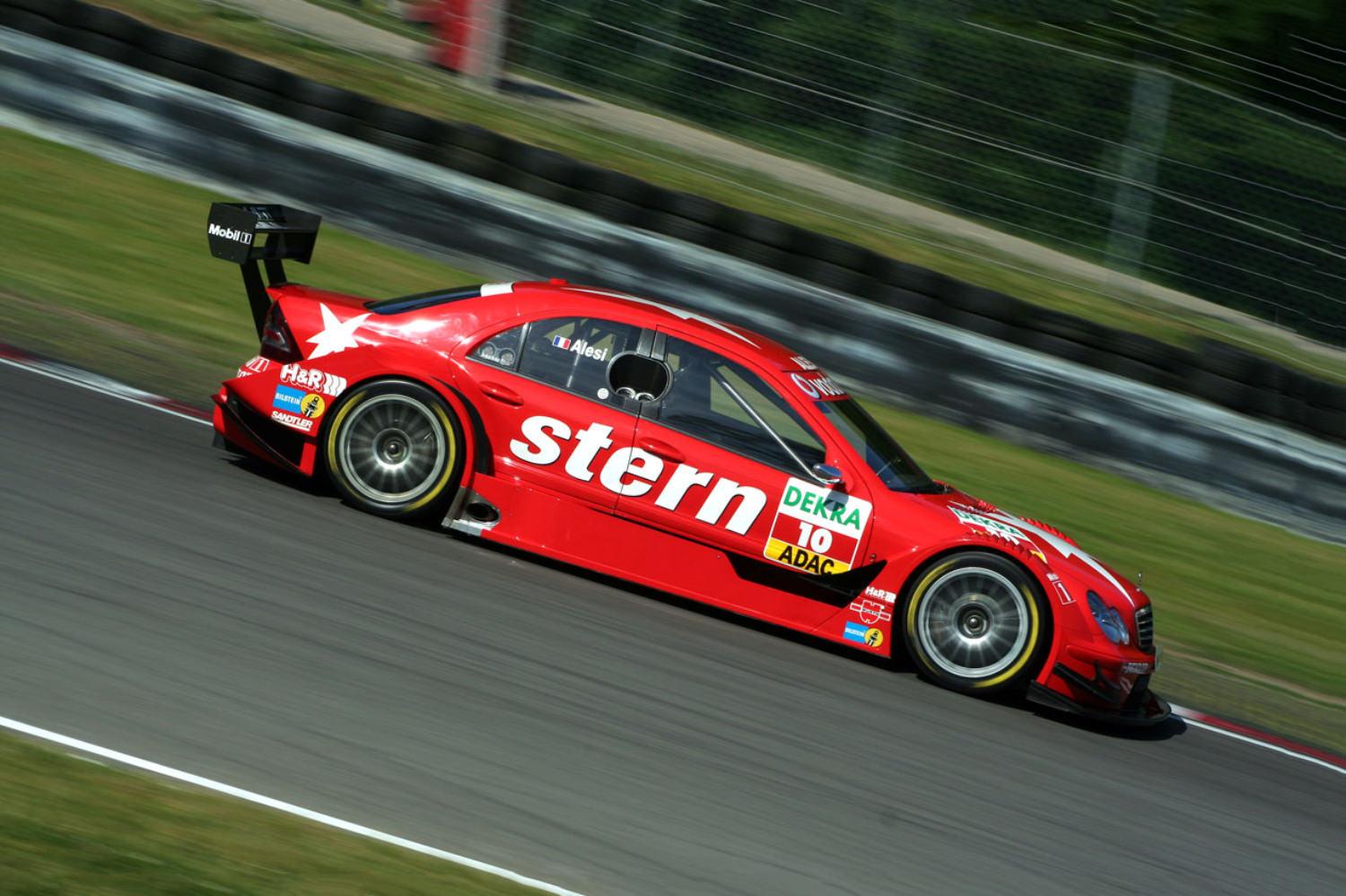From Formula 1 to stock cars, and from drag racing to a vintage rally, motorsport is invariably a fast-paced and exciting sport. It is also highly accessible, with hundreds of varied events taking place each year.
Sadly, it can be all too easy to come home with a bunch of lacklustre, disappointing photos that do nothing to convey that sense of excitement and adrenaline. This is usually due to a combination of the wrong equipment and a lack of planning.
Thankfully both of these flaws can be fixed, and there are number of things you can do to spice up your motorsport images. Bear them in mind next time you attend an event, and you'll increase your changes of snapping some truly stunning motorsport photos.
What You'll Need
A Digital or Film SLR camera is essential for good motorsport photography. You will be trying to shoot some very fast-moving cars or bikes, so you need a camera that can react instantly, as soon as you press the shutter button. The shutter lag on digital compact cameras means they're just not up to the job.
A long lens and fast-responding camera will help you capture the action. Image by Alexei Sol.
Almost as important as the camera is the lens you use. Unless you're at a very small-scale motorsport event, chances are you won't be able to get anywhere near the circuit, so you'll need a telephoto lens (300mm or longer) so you can fill the frame properly.
A tripod or monopod is a useful bit of kit to take along. Expect to spend a lot of time standing there, camera poised, waiting for a car or bike to drive past, and hand-holding your camera can quickly make your arms ache! By using a tripod or monopod you aim your camera at the right bit of track and then relax a bit until a car comes along.
Find a Slow Corner
It can be tempting to head for the fastest straight on the circuit in the misguided belief that a faster moving car means a better photo. In reality it just makes it even harder to capture it, and motion blur also becomes more of a problem.
Slow corners give you more time to snap the perfect shot. Image by Patrick Mayon.
To give yourself a fighting chance of getting some good photos, find a slow corner. This will give you longer to get your shot and reduce motion blur issues. It can also make for a more exciting shot, with the car's wheels turned as it bounces over the curbs, or the bike leaning into the corner.
Set Your Focus
Even in a slow corner, your camera's auto focus will have a hard time keeping up with the pace of the vehicles, so your best bet is to switch to manual mode and focus on your point of interest on the track, usually near the apex of the bend. Then simply lock the focus and you can be sure you'll churn out pin-sharp images all day long.
Shutter Speed
You need a fast shutter speed for motorsport photography, so this should be the setting you base all others around. Start with a shutter speed of around 1/500th of a second and experiment based on your results. If you find your photos are coming out dark, try opening the aperture wider or increasing the ISO.
A fast shutter speed is essential when photographing such a high-pace sport. Image by David Ian Roberts.
Move with the Action
A good motorsport photo will show the car or bike in crisp detail, but with enough background blur to convey a sense of speed. In order to do this you need to pan your camera to follow the subject as they move through the frame. This can take a bit of practice to master. The best way is to begin following your target vehicle as soon as they come into view; then, once they reach the point where you want to photograph them, press the shutter button.
Once you can consistently pan with the action, you can begin to experiment with shutter speed to give you more or less background blur.
Keeping the subject in focus while blurring the background takes practice, but really conveys a sense of speed. Image by Tony Harrison.
Shoot in Burst Mode
As with any action photography, framing your subject is just as much about luck as it is judgement. Using burst mode will greatly increase your chances of getting a decent photo, with the car or bike positioned just where you want it to be in the frame.
Tilt Your Camera for a Sense of Speed
Motorsport is a fast and exciting sport, so don't be afraid to experiment with camera angles that reflect that sense of excitement. Tilt your camera so that the vehicle appears diagonally in your photo - this makes it appear more "on the edge" and brings an extra dimension to your motorsport photos.
Holding the camera at an angle is a classic technique to add a dynamic element to your motorsport photography. Image by Jez Elliot.
See Through Fences with a Wide Aperture
Unless you have a media permit to photograph your motorsport event then you'll almost inevitably be stuck behind a large safety fence. This can be quite distracting, and can easily ruin a good shot, but luckily you can give your camera "x-ray eyes" by opening the aperture wider.
By opening the aperture, your lens effectively sees around the fence's mesh wires, so you can get a clear and unobstructed photo of the action. Of course the downside to using a wide aperture is that you reduce the depth of field, but the cars pass through the same bit of track with surprising consistency, so this shouldn't be a problem.
